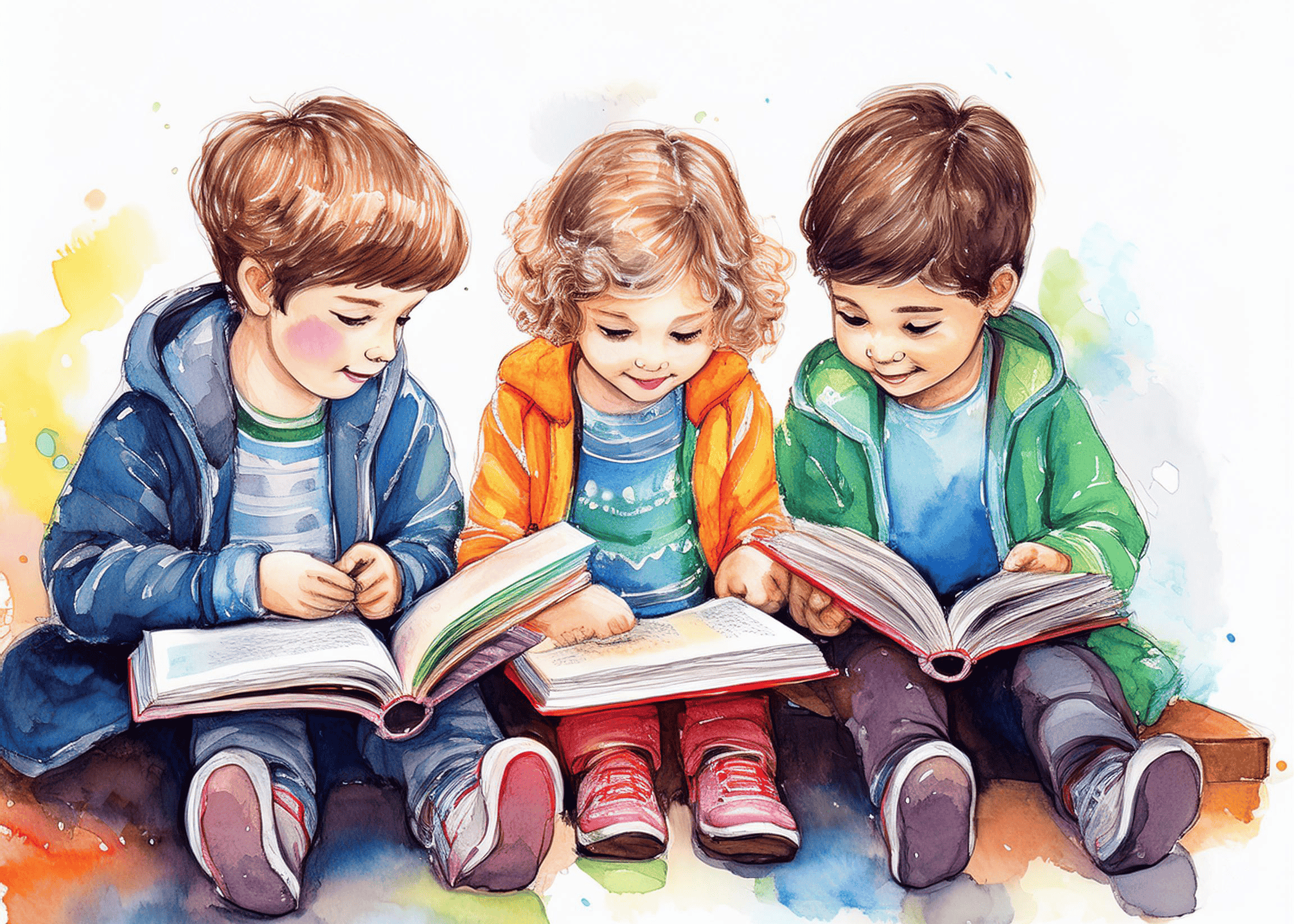The Importance of Age-Appropriate Language in Children's Books: A Friendly Guide for Authors
Salut! If you’re diving into the fantastic world of children’s books, you’re in for a thrilling adventure. Wondering how to create stories that not only entertain but also educate? One of the most important things to consider is age-appropriate language. This means choosing words and sentences that are just right for the children you’re writing for. Let’s explore how thoughtful language can help young readers fall in love with books and become lifelong learners!
Understanding Age-Appropriate Language
So, what does “age-appropriate language” really mean? Simply put, it’s about using words and sentence structures that fit a child’s age and understanding. This helps kids enjoy the stories and learn as they go. The right language can make a big difference in how kids connect with books, build their language skills, and develop their imagination.
Tailoring Language to Different Age Groups
Children grow and change so quickly, and their reading needs evolve, too. Here’s a quick look at how to adjust your language for different age groups:
A. Board Books (0-3 years)
For our tiniest readers, board books are like their first colorful toys! These books usually have thick pages and very simple text—think one word or a short phrase per page. Bright pictures help little ones connect the words they hear with what they see.
B. Picture Books (4-8 years)
As kids grow, they enjoy picture books more. Here, the language becomes a bit more fun and flows with rhythm and rhyme. Stories usually have beautiful illustrations that help teach kids about feelings and themes while keeping them engaged.
C. Early Readers (5-8 years)
In early readers, the language gets a bit more exciting! Here, authors can introduce new words while keeping sentences short and easy to understand. This encourages kids to practice reading by themselves, which is such an important skill!
D. Chapter Books (6-10 years)
Chapter books are for kids who are ready for longer stories. The language can get a little bit more complex, adding characters and subplots. However, it’s still important to keep things accessible—challenge them, but don’t overwhelm them!
Benefits of Age-Appropriate Language
Why is it so important to use age-appropriate language? Here are a few awesome benefits:
- Engagement: When kids understand what they read, they’re much more likely to enjoy it!
- Vocabulary Building: Introducing new words in a fun way helps kids learn without feeling lost.
- Love for Reading: The more they can connect with stories, the more they’ll want to read!
- Growth: Stories that resonate with kids help them develop empathy and understanding of their own feelings and the world around them.
Strategies for Crafting Age-Appropriate Language
Here are some friendly tips to help you write the perfect age-appropriate language!
- Keep it simple: Short sentences are clear and keep kids’ attention.
- Use repetition and rhyme: These make stories more fun and help kids remember what they read.
- Mix familiar and new words: Combine words they already know with a sprinkle of new vocabulary for learning without frustration.
- Respect their abilities: Kids are smart! Write in a way that speaks to their intelligence while being easy to understand.
The Role of Illustrations in Supporting Language
Don’t forget that pictures matter! Illustrations are more than just pretty images; they help kids understand the story better. For younger audiences, drawings can explain parts of the text, making stories easier to grasp and more enjoyable to read.
Common Pitfalls to Avoid
Writing for kids can be tricky at times. Here are a few things to watch out for:
- Overcomplicating language: Avoid difficult words or confusing sentences that might lose their interest.
- Underestimating kids: Children can surprise you with how much they understand! Respect their abilities in your writing.
- Inconsistent language difficulty: Keeping a steady level of language throughout the book prevents frustration.
VIII. The Impact of Well-Crafted Language on Reading Skills
When you use carefully crafted language, you help build kids’ confidence in reading. This strong foundation will allow them to tackle more challenging books as they continue to grow, turning them into enthusiastic readers!
Conclusion
In summary, choosing age-appropriate language in children’s books is super important. It helps create stories that not only resonate with kids but also make reading a joyful experience. By being thoughtful about the language we use, we can inspire future generations to love books and learning!
Additional Resources
Looking for some great examples of age-appropriate language? Check out these beloved books:
- "Goodnight Moon" by Margaret Wise Brown - A cozy favorite for little ones with soothing, rhythmic text.
- "The Very Hungry Caterpillar" by Eric Carle - A fun read with simple words and colorful pictures perfect for preschoolers.
- "Where the Wild Things Are" by Maurice Sendak - An imaginative tale with accessible language that captivates young minds.
Additionally, tools like the Flesch-Kincaid readability tests can help you check your language complexity, ensuring that your writing stays perfect for its audience.
By paying close attention to the language we use in children’s books, we can help spark curiosity and empower young readers for life. Happy writing!
